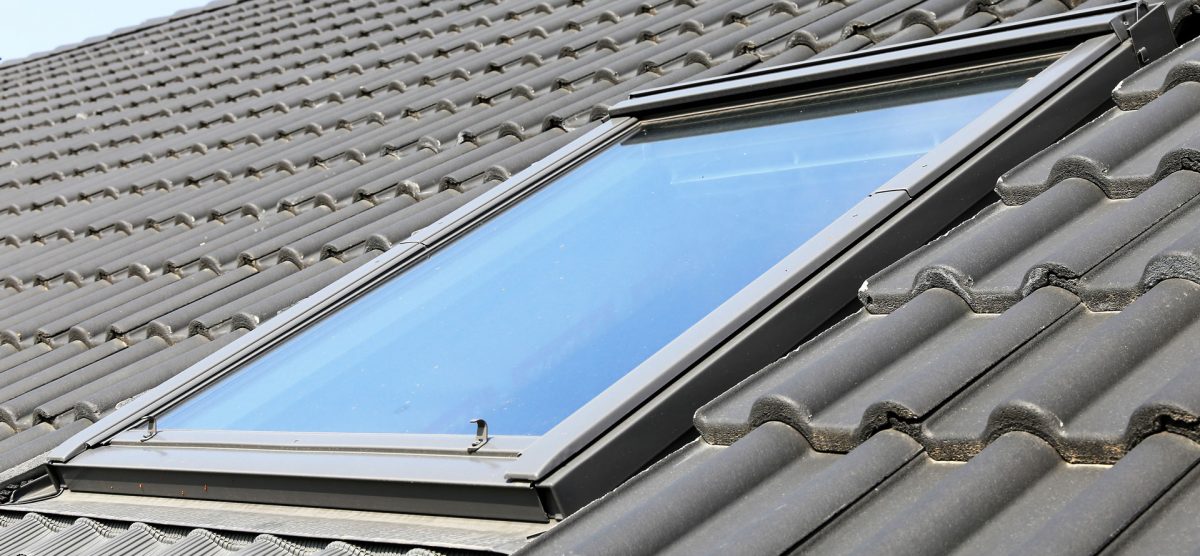
Posted on
November 5, 2022
in
Why should I install a skylight in my house
So, what are skylights?
Skylights are openings in a building’s roof or ceiling that allow natural light to enter the interior space. They are usually made of glass or transparent materials and come in a variety of shapes and sizes. Skylights can help to reduce energy costs by providing natural light and ventilation, and they can also enhance the appearance and feel of a space by bringing in natural light and outdoor views
Installing a skylight in your house can bring several benefits, such as:
- Increased natural light: A skylight provides natural light in areas that are otherwise dark and can reduce the need for artificial light during the day.
- Energy savings: By reducing the need for artificial lighting and heating, a skylight can lower energy costs and reduce your carbon footprint.
- Improved mood and well-being: Exposure to natural light has been shown to improve mood, reduce stress, and increase overall well-being.
- Increased property value: A skylight can add architectural interest and increase the value of your home.
- Better air quality: A skylight can provide improved ventilation and bring in fresh air, leading to better air quality in your home.
Some challenges in installing a skylight include:
- Structural concerns: ensuring the roof and surrounding structure can support the weight of the skylight and any snow or water that may collect on it.
- Weatherproofing: ensuring the skylight is properly sealed to prevent leaks, and that any surrounding roofing materials are also properly sealed.
- Energy efficiency: ensuring the skylight provides enough insulation to reduce heat loss or gain, and minimize the amount of UV rays that penetrate the building.
- Ventilation: installing a skylight that provides adequate ventilation to prevent condensation buildup.
- Aesthetics: choosing a skylight that complements the existing design and architecture of the building.
- Cost: the cost of materials, labor, and equipment required for installation can be significant, making it important to carefully consider the costs before installation.
In conclusion you need a reputable contractor that understands potential challenges and can make this experience seamless.
